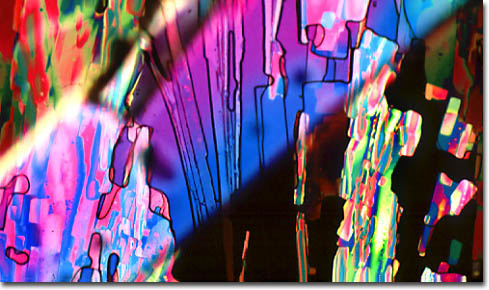|
Dyes are substances that can be used to impart color to other materials, such as textiles, foodstuffs, and paper. Unlike pigments, dyes are absorbed to a certain extent by the material to which they are applied. The colors from some dyes are more stable than others, however. A dye that does not fade when the material it was applied to is exposed to conditions associated with its intended use is called a fast dye. Contrariwise, a dye that loses its coloring during proper usage is referred to as a fugitive dye. Some of the conditions that could cause such a change in the properties of a dye include exposure to acids, sunlight, or excessive heat as well as various washing and cleaning procedures. Certain dyes may be considered both fast and fugitive, depending on the material with which they are used.
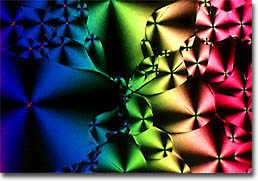
Uniblue A
The development of the synthetic dye industry did not occur until the mid-nineteenth century, but for thousands of years before that time, humans were utilizing natural substances, most of which were derived from plants sources, as dyes. Madder, for instance, was a popular natural dye obtained from a perennial herb, Rubia tinctorium, that could be used to produce shades of red, pink, purple, and brown. Known since antiquity, Egyptian mummies wrapped in cloth dyed with madder have been discovered in modern times. A natural dye more widely familiar today, however, is Tyrian purple, which is well known for its importance to Roman history. This substance, derived from a kind of Mediterranean mollusk, was utilized to dye the robes of emperors and the myth of its discovery was even documented on some ancient coins, which depicted a dog owned by Hercules biting a snail, presumably staining his mouth a purplish hue.
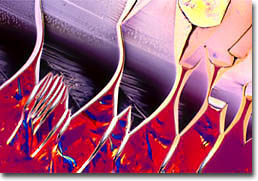
Ethidium
In 1771, a British chemist, Peter Woulfe, treated the natural dye indigo with nitric acid to create picric acid, which some consider the first synthetic dye. Though able to stain various materials yellow, picric acid, which is also an explosive, was not used for this purpose until the late 1840s, and then only on a small scale. Thus, the birth of the synthetic dye industry is generally considered to have taken place in 1856, when William Henry Perkin discovered mauveine. The substance, which produces a purple color, was created accidentally while the eighteen-year-old chemistry student was working with the compound aniline as he was attempting to synthesize quinine. The following year, with the aid of his father, Perkin opened a factory near London to produce the synthetic dye in large quantities. Over time, as synthetics became widely accepted among dyers, the natural dyes previously used were almost entirely phased out of the industry.
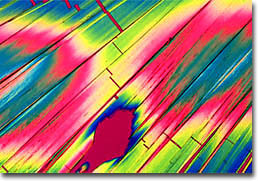
Process Black
In modern times, the dye industry is booming with more than 7,000 different color-providing substances finding commercial use. The vast majority of these substances are synthesized from aromatic hydrocarbons, such as toluene, benzene, and naphthalene. Hydrocarbons are, however, intermediate chemicals that must be derived from a raw material, traditionally coal tar. The need for such a wide variety of dyes is partly due to the fact that although the synthetic dye production came into being primarily to serve the textile industry, many subsequent applications for these chemicals have been developed. The chemicals are, for example, used for a variety of purposes in biology, medicine, chemistry, and related fields. Impressively ubiquitous, dyes are also now used in a variety of commercial products, such as paint, printing ink, plastics, rubber, and cosmetics.
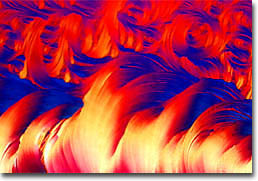
Red Ochre
The process of dyeing is carried out in a variety of ways depending on the specific dye utilized as well as the properties of the material. Silk, wool, and some other textiles may, for instance, be directly dyed by simply dipping them into the colorant. Much more often, however, the use of a reagent known as a mordant is necessary to fix dyes to materials. A number of different compounds may be used as mordants, but metallic hydroxides of tin, iron, chromium, or aluminum are most common. Oftentimes, the color that a particular dye imparts is dependent on the mordant it is utilized with. Another method of dyeing involves the use of vats. For instance, the dye indigo begins as a colorless soluble substance that is dissolved in water in a vat before cloth is dipped into it. When oxygen from the air or another chemical added to the vat comes into contact with the indigo solution, an insoluble blue color results. Batik dyeing, a process that was invented during antiquity in Java, can be used with silks or cottons and involves the application of wax to the cloth before dye treatment in order to create unusual designs and color patterns.
|
